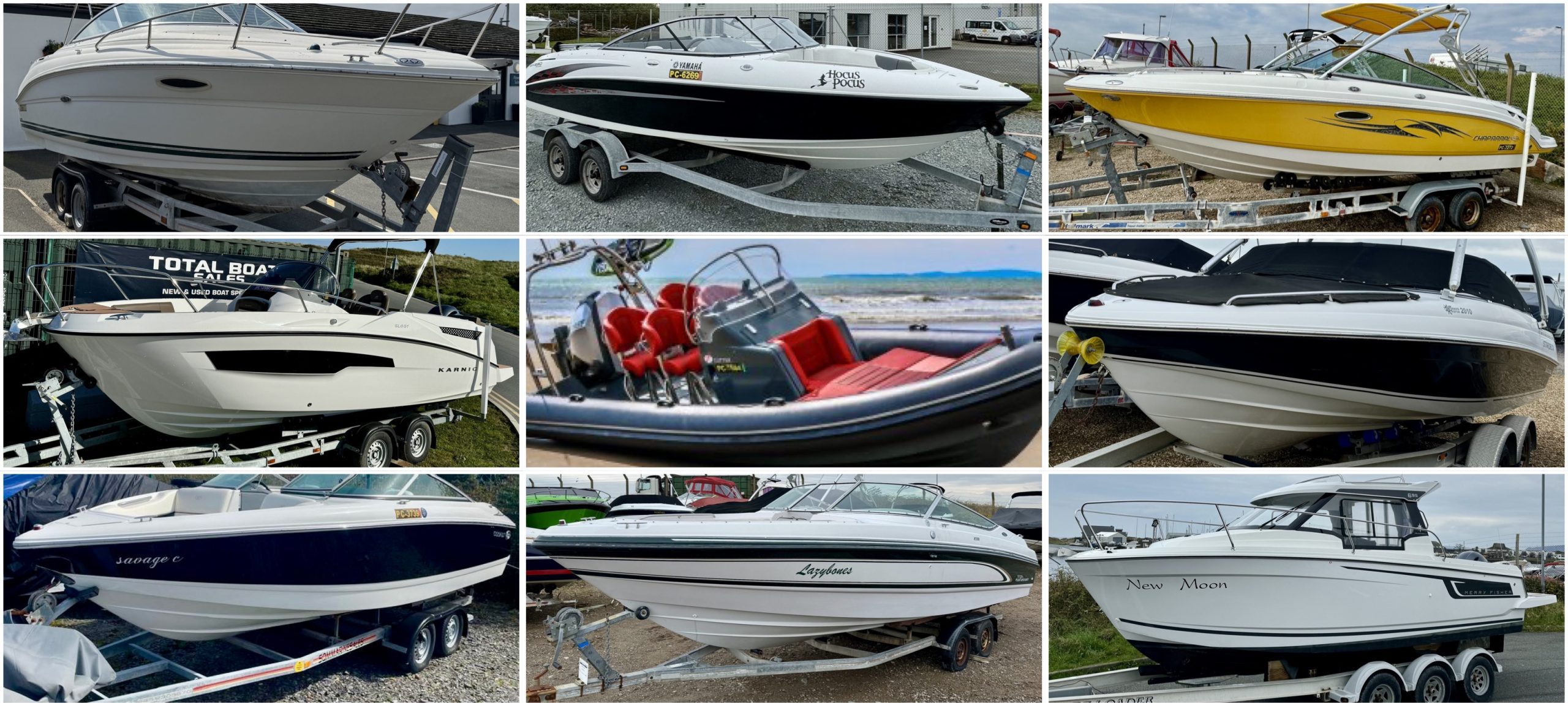Whether you’re looking to sell your second-hand boat or simply want to know its current market value, getting a realistic appraisal is essential. The process of valuing a used boat involves a combination of traditional methods and modern tools. Here’s a comprehensive guide to help you accurately determine the worth of your boat.
1. Understand the Market Trends
The boating market can fluctuate based on several factors, including economic conditions, fuel prices, and changes in consumer preferences. Such as:
- Technological Advancements: Modern boats equipped with the latest technology tend to retain their value better.
- Economic Factors: Inflation and economic conditions can affect purchasing power and, consequently, the demand for second-hand boats.
2. Gather Essential Information
To start, compile all relevant details about your boat:
- Make and Model: The brand and model significantly influence the value. Some brands have a higher resale value due to their reputation for quality and durability.
- Year of Manufacture: The age of the boat is a critical factor. Generally, boats depreciate over time, but well-maintained older models can still fetch good prices.
- Engine Hours: Similar to mileage in cars, engine hours can indicate how much the boat has been used.
Neither engine hours nor service history alone should be the sole consideration when valuing an outboard engine. Ideally, you should evaluate both together:
- Low Engine Hours + Good Service History: High value due to low wear and evidence of good maintenance.
- High Engine Hours + Good Service History: Moderate value; the engine is well-used but well-maintained, which can offset some concerns about wear.
- Low Engine Hours + Poor Service History: Moderate value; less wear but potential issues from lack of maintenance.
- High Engine Hours + Poor Service History: Lower value due to higher wear and lack of proper maintenance.
A balanced assessment of both factors will provide the most accurate valuation of an outboard engine.
- Condition: Evaluate both the aesthetic and mechanical condition. Well-maintained boats with little wear and tear are more valuable.
- Upgrades and Accessories: Any additional features, such as advanced navigation systems, new sails, or refurbished interiors, can add value.
3. Use Online Valuation Tools
Several online platforms provide boat valuation services. Websites like Rightboat.com, Boat Trader, and YachtWorld offer tools where you can input your boat’s details and receive an estimated market value. These tools aggregate data from recent sales and market trends to provide a ballpark figure. However, remember that these are estimates and should be supplemented with other valuation methods.
4. Check Comparable Sales
Researching similar boats currently on the market or recently sold can provide valuable insights. Pay attention to boats of the same make, model, and year, and consider their condition and any additional features. Online marketplaces and local classifieds are good places to start. This comparative analysis will help you understand what buyers are willing to pay for a boat like yours.
5. Consider Professional Appraisal
For a more precise valuation, especially if your boat is high-end or has unique features, consider hiring a professional marine surveyor. A surveyor will conduct a thorough inspection of your boat, including the hull, engine, and onboard systems, and provide a detailed valuation report. This can be particularly useful if you need the valuation for insurance purposes or if you want to justify your asking price to potential buyers.
6. Evaluate Seasonal Demand
Boat prices can vary seasonally, with higher demand typically in spring and summer. If you’re valuing your boat during the off-season (Autumn and Winter), be prepared for a slightly lower valuation. Conversely, listing your boat for sale as the boating season approaches can help you achieve a better price.
7. Account for Depreciation and Maintenance Costs
Boats depreciate over time, but regular maintenance can slow this process. Keep a detailed record of all maintenance and upgrades, as this documentation can support a higher valuation. Factor in depreciation rates based on your boat’s age and use standard depreciation schedules found in marine industry publications.
8. Adjust for Location
The location can also impact your boat’s value. In regions with a high concentration of boaters, such as coastal areas, boats may fetch higher prices than in inland areas with less demand. Adjust your valuation based on the local market conditions.
9. Be Honest and Realistic
Finally, be realistic about your boat’s condition and market value. Overpricing can lead to your boat sitting unsold for an extended period, while underpricing means you could miss out on potential profit. Honesty in your valuation will facilitate a smoother sale process and build trust with potential buyers.
Conclusion
Valuing a second-hand boat in 2024 involves a blend of market research, the use of modern valuation tools, and professional insights. By understanding the current market trends, gathering comprehensive information about your boat, and employing multiple valuation methods, you can arrive at a realistic and fair market value. This ensures you get the best price possible while providing transparency and trustworthiness to potential buyers.
Please Contact Us if you would like to us to appraise your boat or Click Here for more information on the services we offer to assist you in the sale of your Boat, RIB or Jetski.

